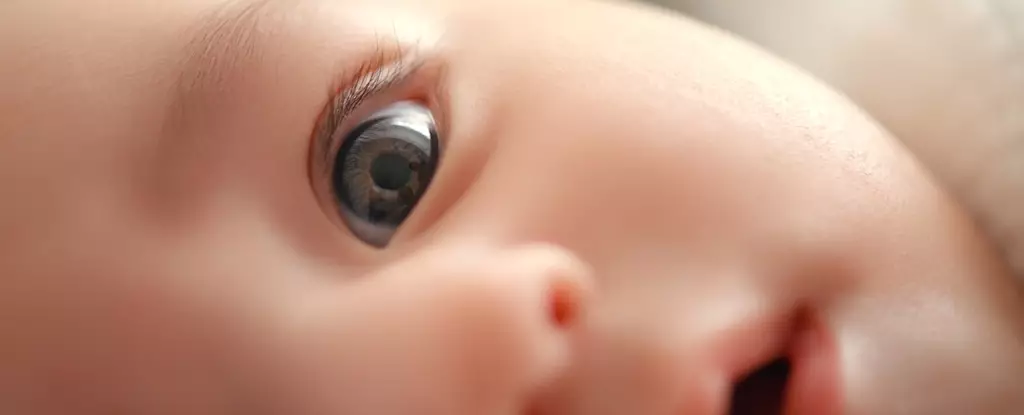Microplastics have become a pervasive element within our environment, infiltrating not only ecosystems but also human biology. As research continues to unfold, a concerning trend emerges: microplastics, specifically tiny plastic fragments, are being discovered within living organisms, including mammals. A recent study conducted at Rutgers University sheds light on the transmission of these microscopic plastics from mother to offspring in mice, revealing the potential for lasting implications on health that demand urgent attention.
The term “microplastics” typically refers to particles smaller than five millimeters, but this alarming phenomenon extends to even tinier fragments classified as nanoplastics. With their minuscule size, these particles engage in a disturbing dance with the natural world, entering our bodies through various exposure routes – notably, through the food we consume, the beverages we drink, and the very air we inhale. The study’s findings propel our concerns into high gear, as they indicate that microplastics not only reach the developing fetus but may also persist in vital organs even after birth.
In the outlined Rutgers University study, researchers focused on the effects of polyamide-12 (PA-12), a type of nylon, whose fragments were inhaled by pregnant mice. Upon examining the newborn pups, scientists discovered traces of these microplastics in a multitude of organs, including the lungs, liver, heart, kidneys, and even the brain. This revelation is startling, particularly considering the critical stages of development that occur in the womb and the critical early weeks post-birth.
Phoebe Stapleton, an associate professor of pharmacology and toxicology at Rutgers, voiced what many feel: the reality of having plastic present in our bodies, especially in sensitive organs, is deeply unsettling. The findings suggest that there may be serious toxicological consequences associated with maternal exposure to microplastics, as these tiny particles could harbor harmful substances that may disrupt normal physiological processes.
As the examination of microplastics continues, mounting evidence suggests that their presence in human tissues could pose significant health risks. Historically, pollutants and toxins have been linked to an increased likelihood of chronic illnesses such as cardiovascular disease; microplastics could very likely follow suit. The worry is not just about acute effects but also long-term health implications for future generations.
Research indicates that early exposure to various pollutants can severely compromise health later in life. Therefore, it stands to reason that microplastics could play a similar role, influencing the risk of developing medical issues that might affect not just individuals but populations as a whole.
Moreover, the fact that newborns may come into the world already burdened with a microplastic load raises profound ethical and health questions. The urgency of addressing these concerns cannot be overstated, as there remains a need for informed dialogue about how we tackle pollution.
Despite alarming findings and warnings from scientific communities about environmental pollution and the probable health impacts of microplastics, human society appears entrenched in its reliance on plastic. With an estimated production exceeding 450 million tons annually, plastic has woven itself into the fabric of modern life.
Responses to this crisis must include tangible measures, such as enhancing recycling efforts, minimizing plastic usage, and pursuing innovations in biodegradable materials. It’s imperative that we tap into collective ingenuity to explore sustainable alternatives in our fight against plastic pollution. Stapleton acknowledges the challenge, stating that complete eradication of plastics is improbable, but she insists that the focus should be on reducing reliance on such materials and understanding their impact as we move forward.
As we delve deeper into the implications of microplastics on health and environment, decisive action is vital. The findings underscore the need to prioritize research, public awareness, and systemic changes to safeguard future generations from the adverse effects of plastic pollution that are becoming integral to our biological makeup. The time for action is now, and the responsibility lies with both individuals and society to look toward a healthier, less plastic-dependent future.


Leave a Reply